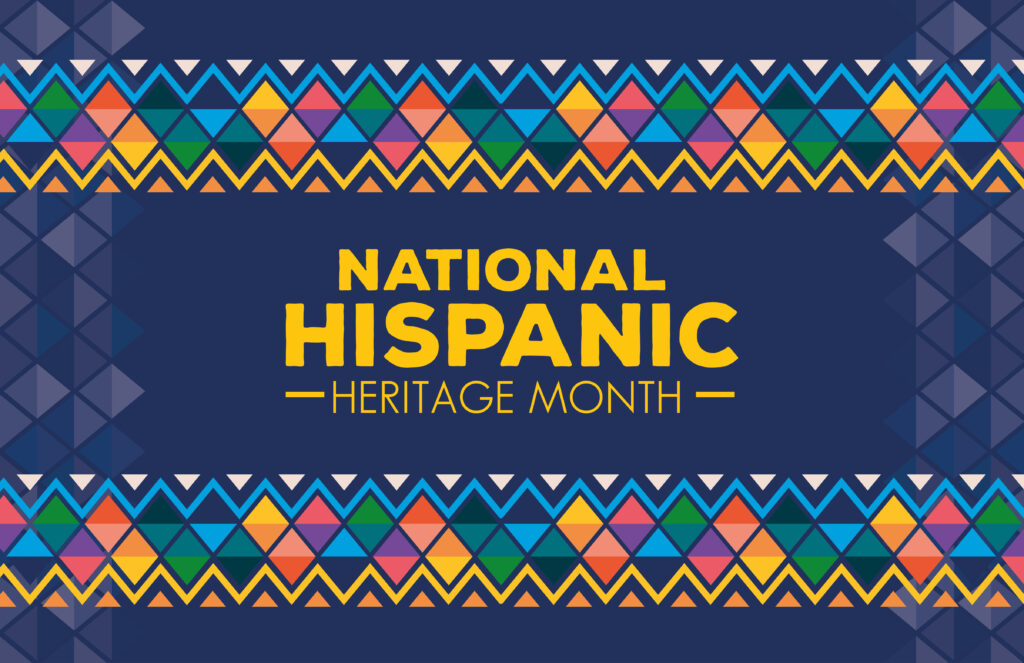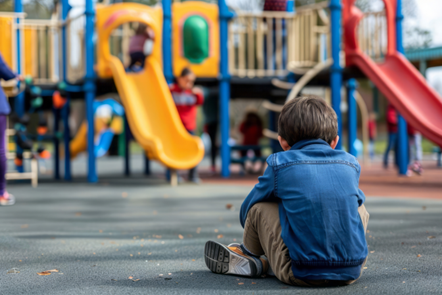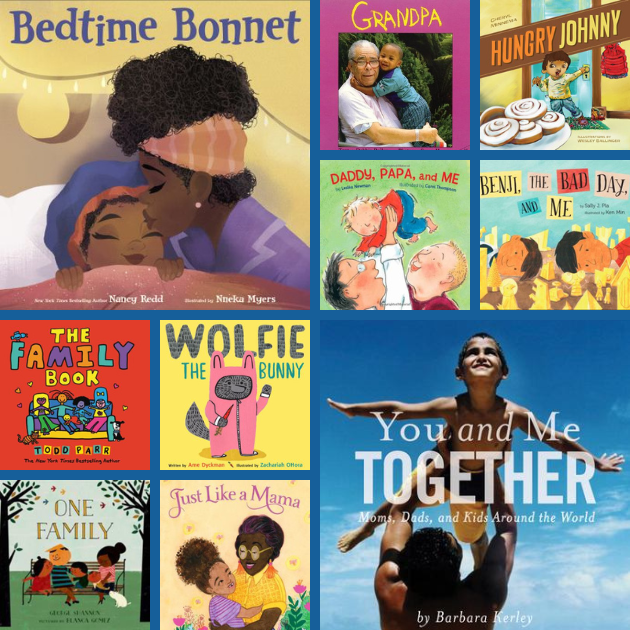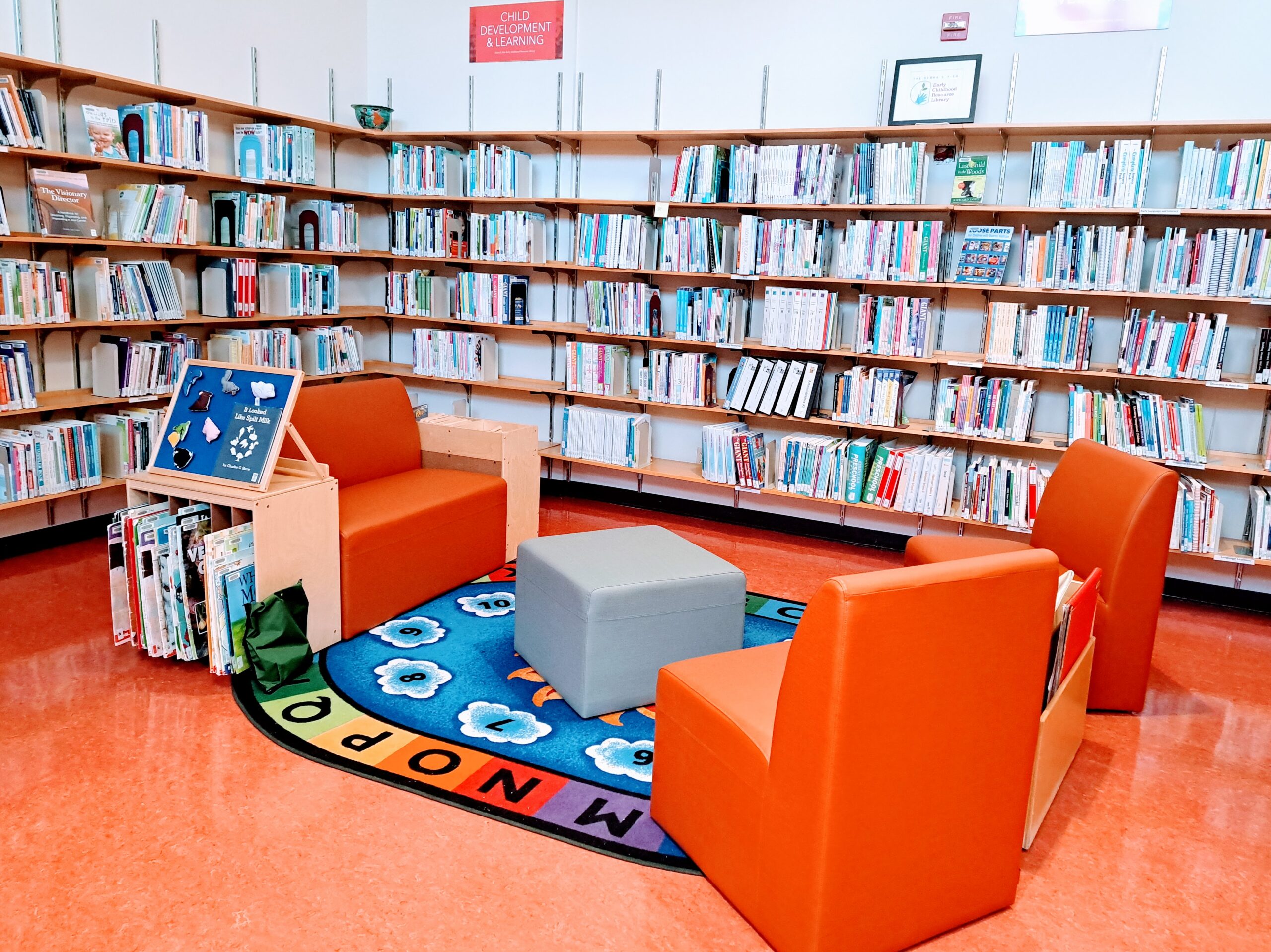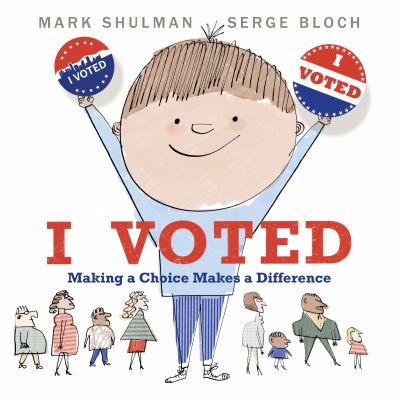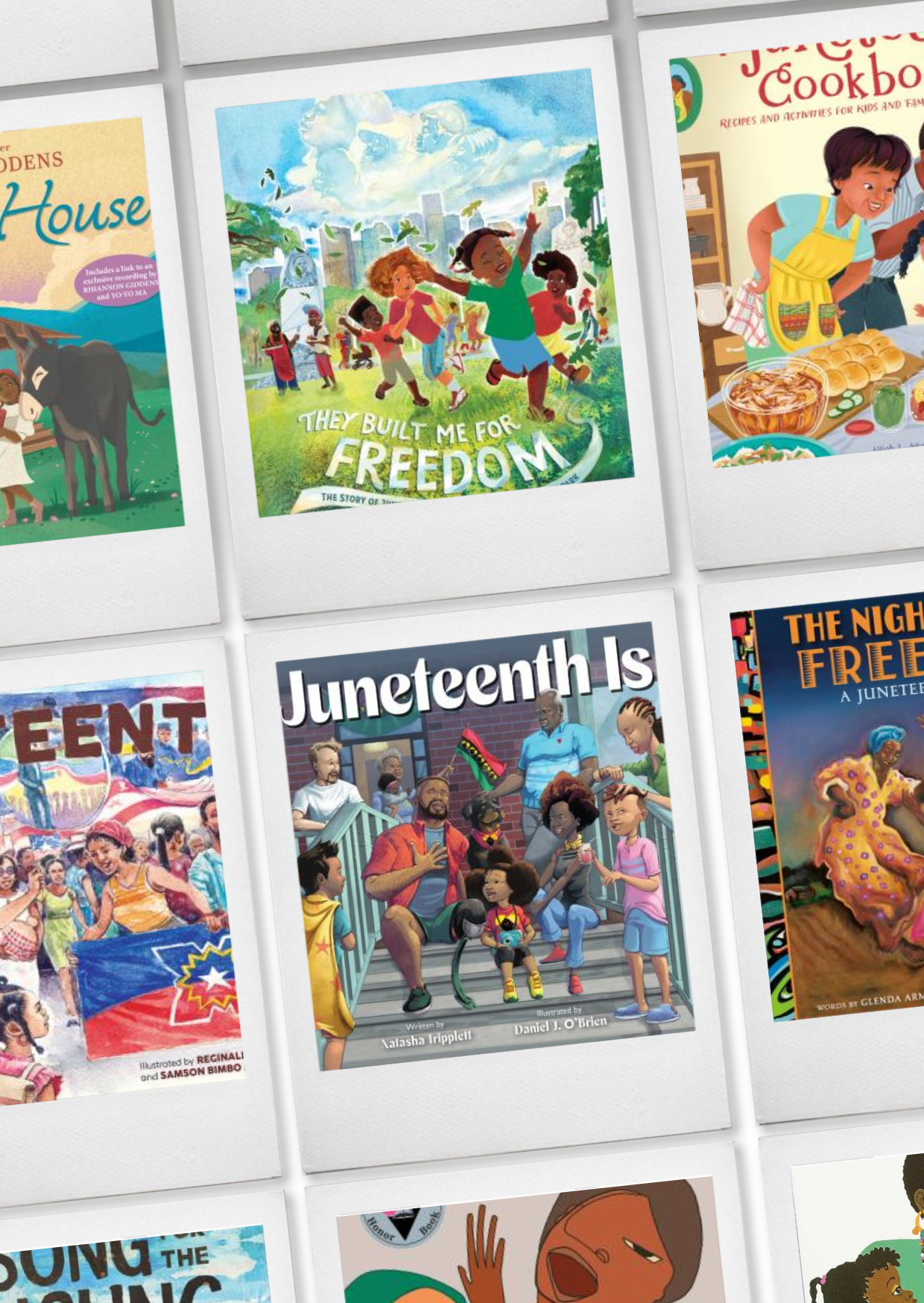The Hispanic Heritage Month celebration is turning 54 years old! California Congressman George E. Brown first introduced this tremendous festival in June 1968. The soul of this celebration is to commemorate how the U.S. Latinx and Hispanic communities have influenced and contributed to American society at large. As a distinctive characteristic, Hispanic or Latino (Latinx) communities celebrate from September 15th to October 15th. It is essential to clarify that being Hispanic or Latino does not mean being Mexican; this is not only a Mexican celebration.
In fact, Hispanic or Latino (Latinx) refers to a person’s culture or origin – regardless of race. This includes Mexican, Mexican American, Chicano, Puerto Rican, Cuban, or other Hispanic, Latino, or Spanish origin communities. Thanks to President Lyndon B. Johnson, who issued the first Hispanic Heritage Week, the celebration became official, which has positively impacted other cultures in the U.S. This is a favorite celebration where people enjoy great food, friendly people, and cultural performances. – Mariana Villegas Ramirez, Leader, Think Small Quality Supports
All titles are available through the Debra S Fish Early Childhood Resource Library, a branch of the St. Paul Public Library. If you’d like more title recommendations, our librarian would be happy to help! Please contact Jennie at librarian@thinksmall.org.
Additionally, here is a printable document of helpful resources.
Children’s Titles:

My Papi Has a Motorcycle (Age Focus: 4 – 8 years)
When Daisy Ramona zooms around her neighborhood with her papi on his motorcycle, she sees the people and places she’s always known. She also sees a community that is rapidly changing around her.
But as the sun sets purple-blue-gold behind Daisy Ramona and her papi, she knows that the love she feels will always be there. From the publisher
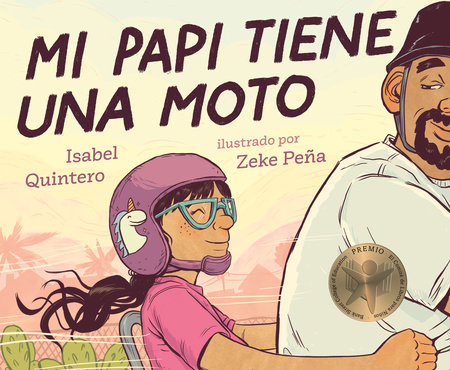
Mi papi tiene una moto downloadable audiobook
Mario y el agujero en el cielo: cómo un químico salvó nuestro planeta
(Age Focus: 6 – 11 years)
Una historia real sobre un científico contemporáneo que salvó la capa de ozono y el planeta, evitando un desastre en el medioambiente. Mario Molina es un científico mexicoamericano y un héroe de nuestros días que ayudó a resolver la crisis de la capa de ozono de la década de 1980. Mario Molina es un científico mexicoamericano y un héroe de nuestros días que ayudó a resolver la crisis de la capa de ozono de la década de 1980. From the publisher
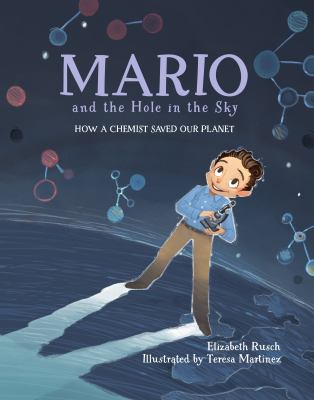
Mario and the Hole in the Sky: How a Chemist Saved Our Planet [English version]
The true story of how Mexican American scientist Mario Molina helped solve the ozone crisis of the 1980s and went on to become a Nobel laureate and a recipient of the Presidential Medal of Freedom. His inspiring story gives hope in the fight against global warming. From the publisher
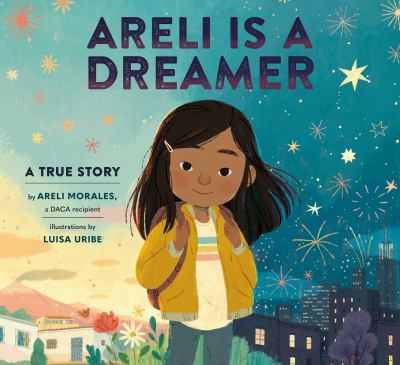
Areli is a Dreamer (Age Focus: 4 – 8 years)
In the first picture book written by a DACA Dreamer, Areli Morales tells her own powerful and vibrant immigration story. When Areli was just a baby, her mama and papa moved from Mexico to New York with her brother, Alex, to make a better life for the family–and when she was in kindergarten, they sent for her, too. From the publisher
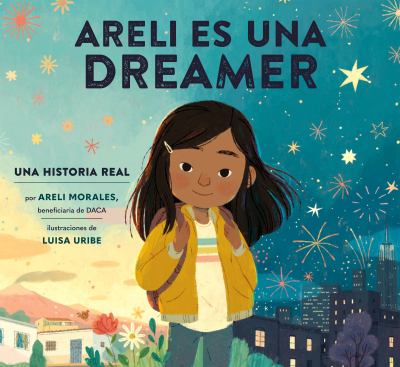
Areli es una dreamer: una historia real [Spanish version]
En esta edición en español del primer álbum ilustrado escrito por una beneficiaria de DACA – una “dreamer” – Areli Morales narra su poderosa historia como inmigrante. From the publisher
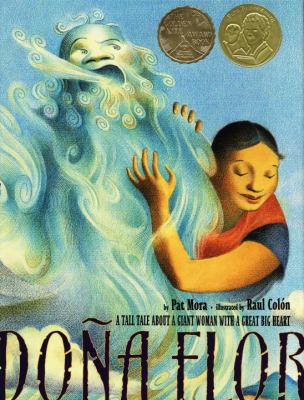
Doña Flor: A Tall Tale about a Giant Woman with a Great Big Heart (Age Focus: 3 – 7 years)
Doña Flor, a giant lady with a big heart, sets off to protect her neighbors from what they think is a dangerous animal, but soon discovers the tiny secret behind the huge noise. From the publisher
Doña Flor: un cuento de una mujer gigante con un gran corazón [Spanish version]
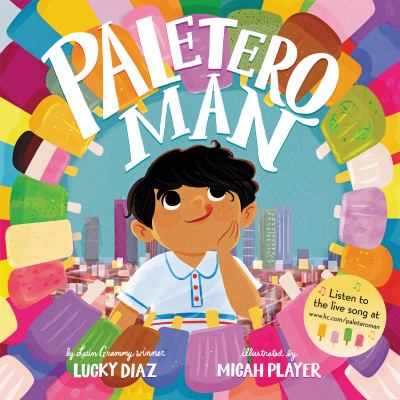
Paletero Man (Age Focus: 2 – 7 years)
Follow along with our narrator as he passes through his busy neighborhood in search of the Paletero Man. But when he finally catches up with him, our narrator’s pockets are empty. Oh no! What happened to his dinero? It will take the help of the entire community to get the tasty treat now.
Includes Spanish words and phrases throughout, an author’s note from Lucky Diaz, and a link to a live version of the Lucky Band’s popular song that inspired the book. From the publisher
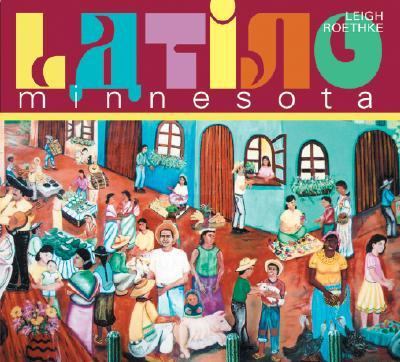
Latino Minnesota (Age Focus: 8 – 12 years)
Creatively conceived, with lively text, photographs, and artwork, Latino Minnesota traces the Latino journey north, from the earliest settler, musician Luis Garzon; to the Mexican colonia that grew up in St. Paul after World War I; to recently arrived immigrants from Central and South America. It highlights individual achievements, a tradition of mutual aid, and the ongoing Latino struggle to retain cultural heritage while adjusting to life in el norte. From the publisher
Adult’s Titles:
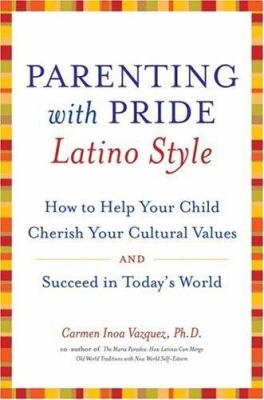
Parenting With Pride, Latino Style
Dr. Vazquez’s unique parenting method, the New Traditionalism (El Nuevo Tradicionalismo), preserves classic Latino ideals, such as pride, family loyalty, and courtesy, while helping parents revise their traditional authoritarian child-rearing style, blending the best of Latino and American cultures and dramatically reducing cultural conflict in the family. From the publisher
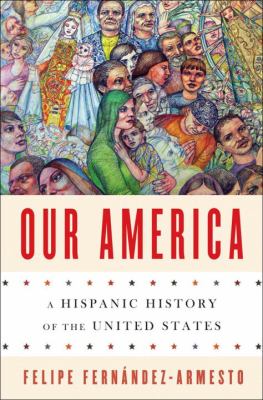
Our America: a Hispanic History of the United States
Maps the influence of America’s Hispanic past, from the explorers and conquistadors who helped colonize Puerto Rico and Florida, to the missionaries and rancheros who settled in California and the 20th-century resurgence in major cities like Chicago and Miami. From the publisher
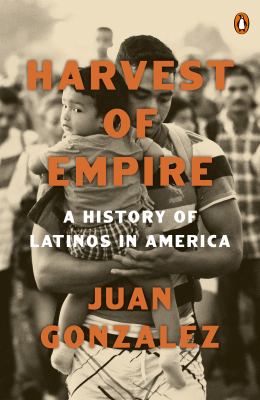
Harvest of Empire: a History of Latinos in America
A sweeping history of the Latinx experience in the United States…With family portraits of real-life immigrant Latino pioneers, as well as accounts of the events and conditions that compelled them to leave their homelands, Gonzalez highlights the complexity of a segment of the American population that is often discussed but frequently misrepresented. From the publisher
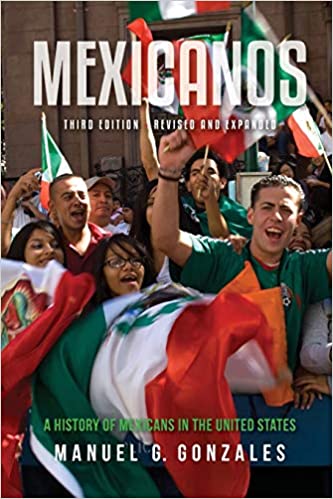
Mexicanos: a History of Mexicans in the United States
Emerging from the ruins of Aztec civilization and from centuries of Spanish contact with indigenous people, Mexican culture followed the Spanish colonial frontier northward and put its distinctive mark on what became the southwestern United States. Shaped by their Indian and Spanish ancestors, deeply influenced by Catholicism, and often struggling to respond to political and economic precarity, Mexicans play an important role in US society even as the dominant Anglo culture strives to assimilate them. From the publisher
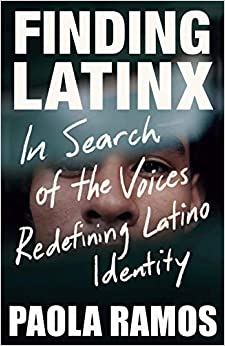
Finding Latinx: In Search of the Voices Redefining Latino Identity
In this empowering cross-country travelogue, journalist and activist Paola Ramos embarks on a journey to find the communities of people defining the controversial term Latinx. She introduces us to the indigenous Oaxacans who rebuilt the main street in a post-industrial town in upstate New York, the “Las Poderosas” who fight for reproductive rights in Texas, the musicians in Milwaukee whose beats reassure others of their belonging, as well as drag queens, environmental activists, farmworkers, and the migrants detained at our border.
Drawing on intensive field research as well as her own personal story, Ramos chronicles how “Latinx” has given rise to a sense of collectivity and solidarity among Latinos unseen in this country for decades. A vital and inspiring work of reportage, Finding Latinx calls on all of us to expand our understanding of what it means to be Latino and what it means to be American. The first step toward change, writes Ramos, is for us to recognize who we are.
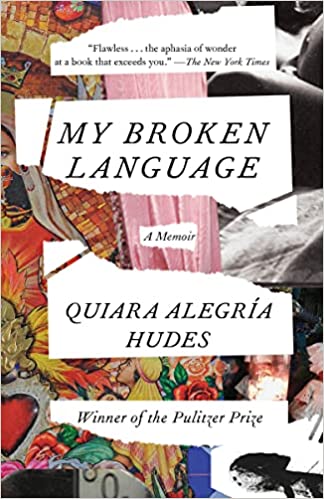
The Pulitzer Prize–winning playwright and co-writer of In the Heights tells her lyrical story of coming of age against the backdrop of an ailing Philadelphia barrio, with her sprawling Puerto Rican family as a collective muse.
LONGLISTED FOR THE ANDREW CARNEGIE MEDAL • ONE OF THE BEST BOOKS OF THE YEAR: NPR, New York Public Library, BookPage, and BookRiot
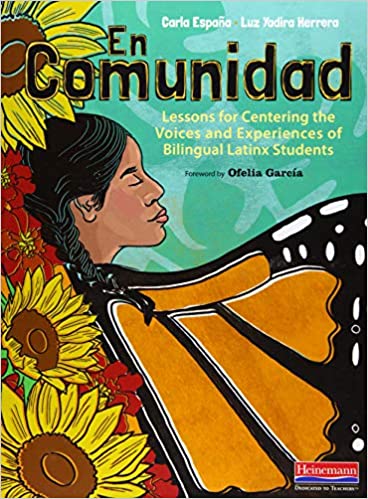
En Comunidad: Lessons for Centering the Voices and Experiences of Bilingual Latinx Students
En Comunidad brings bilingual Latinx students’ perspectives to the center of our classrooms. Its culturally and linguistically sustaining lessons begin with a study of language practices in students’ lives and texts, helping both children and teachers think about their ideas on language. These lessons then lay out a path for students’ and families’ storytelling, a critical analysis of historical narratives impacting current realities, ways to develop a social justice stance, and the use of poetry in sustaining the community. From the publisher
Online Resources:
Hispanic Heritage Month Resources | National Museum of the American Latino (si.edu): Online exhibitions, videos, and stories of Latino achievements
Celebrating Hispanic Heritage Month • ZERO TO THREE: Explore stories from early childhood professionals, learn about different cultures, and find resources for modeling inclusiveness to challenge racial stereotypes from the start.
Art Tales for Pre-K | National Gallery of Art: Lesson plans and activities for PreK – K from the National Gallery of Art
Hispanic Heritage Month Resources For Teachers, Parents, & Kids | Georgia Public Broadcasting: Resources for parents, educators, and children.
Yes, We’re Calling It Hispanic Heritage Month And We Know It Makes Some Of You Cringe | NPR: Mario T. Garcia, professor of Chicana and Chicano Studies at the University of California, Santa Barbara, notes “the U.S. public education system does such a poor job of teaching Latino history in this country, that often Hispanic Heritage Month is the only opportunity for any students to learn about it.”
